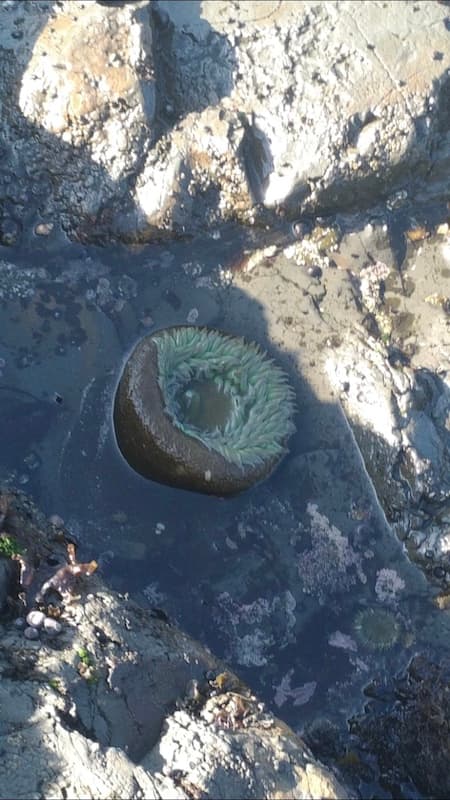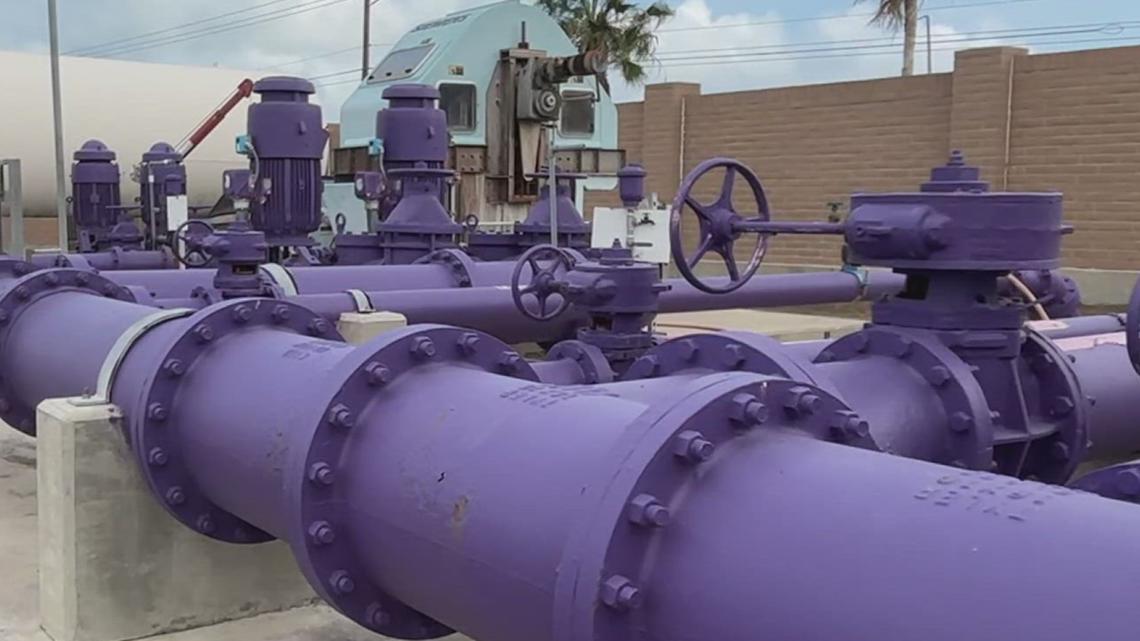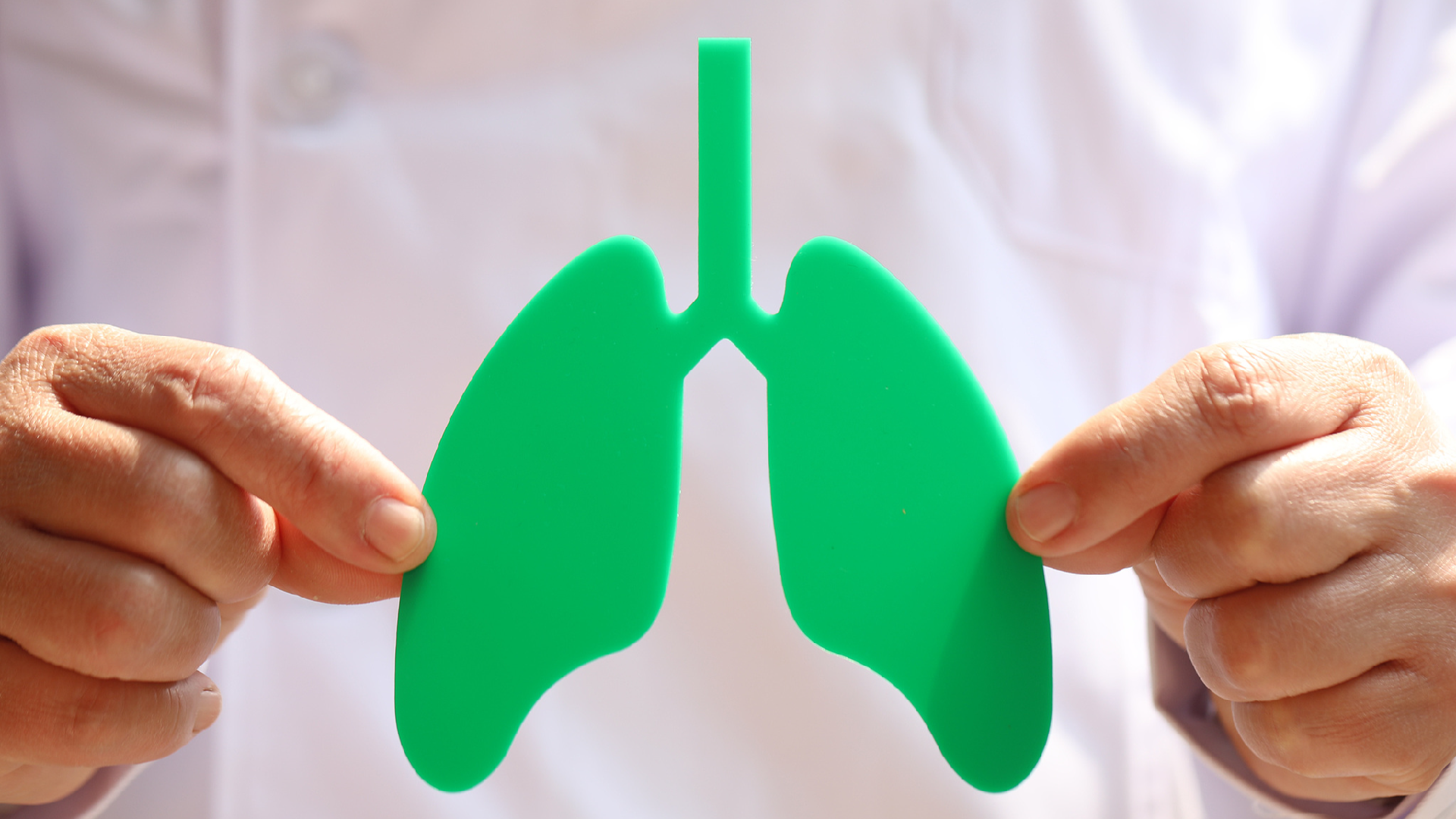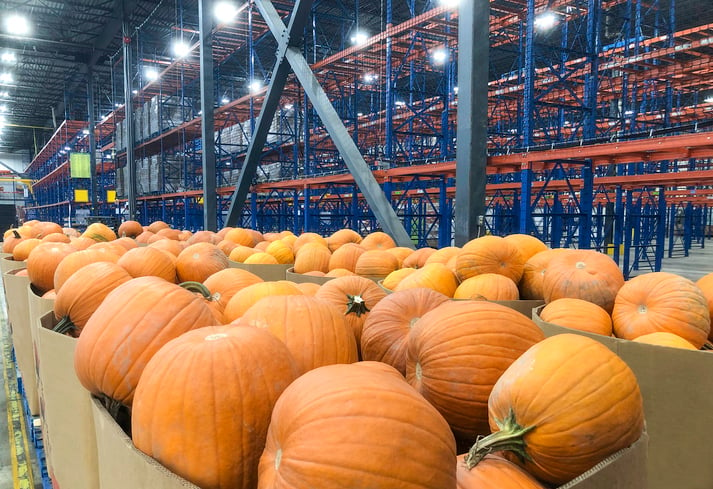Kelp! I Am Stuck in a Forest! – National Museum of Natural History

Report on Giant Kelp Ecosystems and Sustainable Development
1.0 Overview of Giant Kelp (*Macrocystis pyrifera*)
- Organism: Giant Kelp (*Macrocystis pyrifera*), a species of brown alga.
- Key Characteristic: Forms dense underwater kelp forests, which function as critical ecosystems.
- Growth Rate: Exhibits a rapid growth rate of up to one foot per day.
- Geographic Distribution: Found globally in cold, nutrient-rich marine waters.
2.0 Ecological Importance and Contribution to Biodiversity
Giant kelp is classified as a foundation species, creating a three-dimensional habitat that supports a high level of biodiversity. These kelp forests provide essential food and shelter for a wide array of marine species, directly contributing to the health and resilience of coastal marine environments.
3.0 Environmental Threats and Climate Change Implications
The viability of giant kelp forests is under significant threat from climate change, particularly due to rising sea temperatures. Elevated water temperatures can inhibit kelp growth and survival, leading to a decline in forest density. This has cascading negative effects on the numerous species that depend on the kelp ecosystem for their survival, jeopardizing the entire food web.
4.0 Alignment with Sustainable Development Goals (SDGs)
The study and conservation of giant kelp forests are directly aligned with several United Nations Sustainable Development Goals (SDGs).
-
SDG 14: Life Below Water
- Kelp forests are vital coastal and marine ecosystems whose protection is essential for conserving marine biodiversity (Target 14.2).
- Addressing the threat of rising sea temperatures is critical for the sustainable management and protection of these marine ecosystems from the adverse impacts of ocean acidification and climate change (Target 14.3).
-
SDG 13: Climate Action
- The sensitivity of kelp to ocean warming makes it a key indicator of climate change impacts on marine environments.
- Conservation efforts for kelp forests contribute to strengthening resilience and adaptive capacity to climate-related hazards (Target 13.1).
-
SDG 15: Life on Land
- As underwater “forests,” kelp ecosystems are analogous to terrestrial forests in their role of supporting significant biodiversity. Their protection aligns with the broader goal of halting biodiversity loss (Target 15.5).
5.0 Subject Matter Expert Briefing
- Presenter: Roxanne-Alexa Garibay
- Credentials: Marine Scientist, Moss Landing Marine Laboratories / NOAA Knauss Ocean Policy Fellow
- Program Focus: The briefing will provide an in-depth analysis of giant kelp, its ecosystem, global distribution, and the critical threats posed by climate change, framing the issue within the context of marine conservation and policy.
1. Which SDGs are addressed or connected to the issues highlighted in the article?
-
SDG 14: Life Below Water
The article is centered on the giant kelp, a marine alga, and its ecosystem. It discusses the importance of kelp forests as a “habitat to many species” and a “foundation species,” directly relating to the conservation and sustainable use of marine ecosystems.
-
SDG 13: Climate Action
The article explicitly mentions the threat of “rising sea temperatures” to kelp growth. This directly links the health of the kelp forest ecosystem to the impacts of climate change, highlighting the need for urgent action to combat it.
-
SDG 4: Quality Education
The article is an announcement for an educational program (“Join us to learn more about kelp forests…”). It aims to disseminate knowledge about marine science and environmental issues, which aligns with the goal of providing inclusive and equitable quality education and promoting lifelong learning opportunities.
2. What specific targets under those SDGs can be identified based on the article’s content?
-
SDG 14: Life Below Water
- Target 14.2: “By 2020, sustainably manage and protect marine and coastal ecosystems to avoid significant adverse impacts…” The article’s focus on the effects of rising temperatures on kelp and the “animals that rely on this foundation species” points directly to the need to protect this vital coastal ecosystem.
- Target 14.a: “Increase scientific knowledge, develop research capacity and transfer marine technology…” The program, led by a “Marine scientist,” is an effort to increase and share scientific knowledge about marine ecosystems with the public.
-
SDG 13: Climate Action
- Target 13.3: “Improve education, awareness-raising and human and institutional capacity on climate change mitigation, adaptation, impact reduction and early warning.” The program serves as a platform for education and awareness-raising about the specific “impact reduction” of climate change (rising sea temperatures) on marine life.
-
SDG 4: Quality Education
- Target 4.7: “By 2030, ensure that all learners acquire the knowledge and skills needed to promote sustainable development…” The program is a direct example of “education for sustainable development,” as it provides knowledge about a critical ecosystem, the threats it faces, and its importance for biodiversity.
3. Are there any indicators mentioned or implied in the article that can be used to measure progress towards the identified targets?
-
For Target 14.2 (Protect marine ecosystems):
The article implies indicators for ecosystem health. It mentions that kelp “can grow a foot per day” and that rising temperatures “may affect kelp growth.” Therefore, an implied indicator is the rate of kelp growth. Another is the health of the species that depend on it, which could be measured by the biodiversity index within kelp forests, as it is a “habitat to many species.”
-
For Target 13.3 (Climate change education):
The article itself is an indicator. The existence and promotion of this program can be considered a measure of progress. A specific indicator would be the number of educational programs or public outreach initiatives on the impacts of climate change on marine ecosystems.
-
For Target 4.7 (Education for sustainable development):
Similar to the above, the program itself is an indicator. Progress can be measured by the number of participants in educational programs focused on sustainable development and marine conservation.
4. Create a table with three columns titled ‘SDGs, Targets and Indicators” to present the findings from analyzing the article.
| SDGs | Targets | Indicators (Implied from the article) |
|---|---|---|
| SDG 14: Life Below Water | 14.2: Sustainably manage and protect marine and coastal ecosystems. | Rate of kelp growth; Biodiversity index within kelp forests. |
| SDG 13: Climate Action | 13.3: Improve education and awareness-raising on climate change impact reduction. | Number of educational programs on climate change impacts on marine ecosystems. |
| SDG 4: Quality Education | 4.7: Ensure all learners acquire knowledge and skills needed to promote sustainable development. | Number of educational initiatives focused on marine ecosystems and sustainability. |
Source: naturalhistory.si.edu

What is Your Reaction?
 Like
0
Like
0
 Dislike
0
Dislike
0
 Love
0
Love
0
 Funny
0
Funny
0
 Angry
0
Angry
0
 Sad
0
Sad
0
 Wow
0
Wow
0














































































